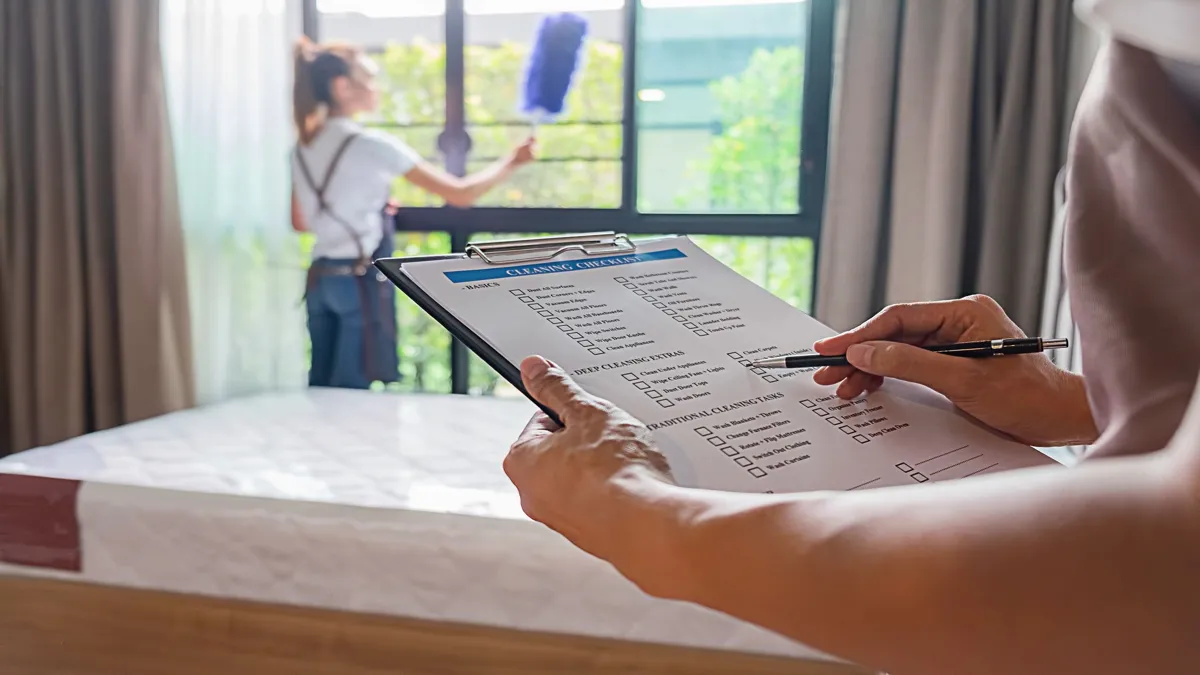Bringing a live-in helper into your home can be life-changing—in the best way when it’s a good fit, and stressful when important details are missed. This guide walks you through a practical, no-nonsense compatibility checklist so you can make a confident decision.
What “Ready” Really Means
Readiness isn’t only about budget. It’s about aligning three things:
- Needs: What outcomes you want (cleaner home, eldercare, childcare, meal prep, schedule reliability).
- Capacity: What you can provide (private space, time to train, respectful culture, boundaries).
- Consistency: How you’ll communicate, measure progress, and resolve conflicts.
When these are aligned, a live-in arrangement becomes stable and mutually respectful.
The Compatibility Checklist
Use this to evaluate your household from multiple angles. Score each item from 1 (not ready) to 5 (fully ready), then total your score at the end.
1) Role Clarity & Work Scope
- Do you have a written list of daily, weekly, and monthly tasks?
- Are the priorities clear (e.g., toddler safety > deep cleaning)?
- Have you defined what is out of scope (e.g., pet grooming, driving, overnight eldercare)?
2) Household Rhythm & Coverage
- When are your household’s busiest periods (mornings, evenings, weekends)?
- What tasks must happen at precise times (school runs, medications, elder mobility support)?
- Can you design a schedule that includes regular rest days and predictable breaks?
3) Space, Privacy & Safety
- Is there a private sleeping area with adequate ventilation and storage?
- Are bathrooms, laundry, and kitchen access clear and fair?
- Are safety essentials (first-aid kit, child locks, non-slip mats) set up?
4) Communication & Culture
- Do you have a common language or translation plan (simple phrases, posted checklists)?
- Can you give constructive feedback calmly and consistently?
- Are you ready to model respect in front of children and elders?
5) Skills Matching & Training Plan
- Which tasks require prior experience (infant care, dementia support, special diets)?
- What can be taught in week one (your cleaning products, meal preferences)?
- Do you have time set aside to train and observe?
Midway through your planning, consider whether you need a Singapore domestic helper with specialized experience (e.g., newborn routines or elder mobility). If so, build that into your interviews and trial tasks. Likewise, some families get better results when they frame the arrangement as household support with helpers, emphasizing team culture rather than “boss and employee” dynamics.
6) Budget & Hidden Costs
- Beyond salary, have you accounted for food, toiletries, utilities, transport reimbursements, medical checks, training, and seasonal bonuses?
- Do you have a contingency fund for unexpected needs or temporary replacements?
7) Legal & Documentation Basics
- Are you prepared to handle contracts, payslips, and compliance requirements?
- Do you understand probation terms, notice periods, and ethical employment standards?
- Do you have a simple incident log (for accidents, late medications, or hazards)?
8) Family Buy-In (Especially Kids & Elders)
- Have you explained age-appropriate boundaries (e.g., kids ask parents for privileges, not the helper)?
- Are elders comfortable with personal-care routines and privacy protocols?
- Does everyone understand respect rules (no shouting, no sarcasm, no public criticism)?
Hold a family meeting to agree on house rules and post them where everyone can see.
How to Interview for Fit (Not Just Skills)
- Scenario prompts: “It’s 6:30 AM and the toddler refuses breakfast—what do you try first?”
- Values questions: “What does a respectful workplace mean to you?”
- Hands-on tasks: Observe a simple chore (e.g., kitchen reset) to see speed, hygiene, and initiative.
- Expectation mirroring: Ask the candidate to summarize your house rules back to you. Misalignments surface fast.
In the middle of your recruitment, check whether candidates have prior experience as a Singapore domestic helper in similar homes (apartment size, number of children, presence of pets).
Onboarding in the First 7 Days

- Day 1–2: House tour, safety review, meal preferences, laundry standards, key appliance demos.
- Day 3–4: Shadow routines for mornings and evenings; introduce task checklists.
- Day 5: Independent run with you observing quietly.
- Day 6: Feedback session; adjust scope and schedule.
- Day 7: Confirm rest day plan; celebrate early wins
Red Flags You’re Not Ready Yet
- No private space or unreliable access to basic amenities.
- Vague expectations like “keep everything tidy” with no examples.
- Expecting constant availability with no protected rest time.
- Family conflict regularly spills into work interactions.
- You cannot commit to respectful feedback and fair pay.
Scoring & Next Steps
- Strong readiness. Start shortlisting candidates and plan a two-week trial.
- Partial readiness. Fix the lowest-scoring areas (often space, schedule, or role clarity) before hiring.
- Pause. Address fundamentals—privacy, boundaries, and a clear scope—before moving forward.

